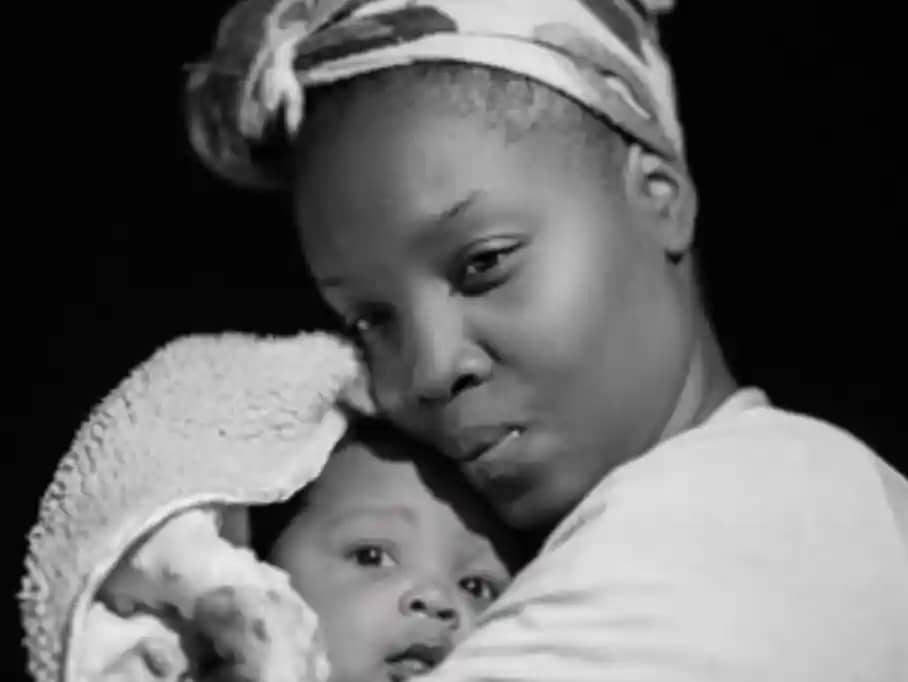When it comes to tongue tie releases, just like any procedure, patient care is of the highest importance, especially for little ones! As parents do their research on tongue tie releases and the process involved, they usually arrive at the significant question of, “is a tongue tie release provider better because they use a laser?”
At Untethered Airway Health & Tongue-Tie Center, I have chosen to perform all infant tongue tie releases with a C02 LightScalpel, as my surgical instrument. I believe strongly in its benefits for this procedure. Please watch my video on why I operate with the C02 LightScalpel, as I expound and go into greater detail as to why I have chosen this approach. Ultimately, is laser versus scissors a tale of old school operating versus modern methodology? In the opinion of some practitioners, yes. In mine, even though I have chosen to use the CO2 laser for infant tongue tie releases, I still believe that the overall care that a provider gives is the factor that is of the utmost importance.
Yes, the surgical instrument is vital, but it is the skill set of the provider that is even more crucial. Their experience and knowledge of how the tongue tie affects each patient should be of greater significance, more so than the chosen tool. A doctor or a dentist may have a laser at their office, but it’s main purpose may be for other procedures, and they may have only used their laser for a minimal amount of tongue tie releases. Where on the other hand, another provider may have performed hundreds of successful releases with scissors. Again, a provider’s experience is far more powerful than the tool in their hand.
So, what’s the difference between using a laser versus a scissors for a tongue tie release? Currently there is no specific medical study that compares these two techniques, and thus, much of the information, decisions, and providers choices are strictly opinion based. Also, there are multiple different types of lasers. For example, there is the diode laser, which in essence heats a glass tip to 500 – 900 degrees Celsius, and the soft tissue is burned off on contact with the hot charred glass tip.
Overall, there are definitely some distinct differences. We can begin simply by stating that performing the scissor procedure is actually faster than the laser procedure. However, the scissor procedure often requires an injected local anesthetic to control both bleeding and pain. Where the pain associated with the laser procedure has a delayed effect, which doesn’t present issues during the procedure. There are specific safety measures that must be followed with the laser procedure, the biggest being limiting those in the treatment room, and thus parents are not allowed to accompany their baby during the laser procedure. Parents are typically allowed into the treatment room if the procedure is being performed with scissors.
No matter their preferred approach, I think that any tongue tie practitioner would admit that CO2 lasers do simply offer a complete precision that scissors simply cannot provide. A laser is more effective in removing the entirety of an upper lip tie the restriction, whether it is lip or tongue. Plus, the ability to control bleeding by using the CO2 laser, provides superior visualization.
With that, I think it is vitally important to equip families with the right questions when seeking out a provider for your child’s tongue tie release surgery. When consulting with a provider, be sure to ask the following questions:
“On average how many tongue tie procedures do they perform in a month?” There isn’t a specific number that you should be looking to hear, however if it is in the 8 – 10 range, they’re performing multiple procedures each week, which is a positive sign.
“Is general anesthesia required for the procedure?” This speaks a lot to their experience as most procedures can be performed safely without GA in an office treatment room.
“Do they treat posterior tongue ties as well?” A provider must be fully aware of the anatomy, and approach the procedure with the knowledge that all tongue ties have a posterior component as well as a submucosal component.
Lastly, it’s important to discuss after care with a provider. You’ll want to hear that they take an interdisplinary approach and have an outlined stretching routine for you to follow so that the healing and functionality of your baby’s tongue is optimal.
Just as with any other important medical health decision, asking the right questions is important when choosing the provider for your child’s tongue tie release. In the debate of laser versus scissors, it’s not the instrument that matters as much as the provider themselves! Know what to ask to determine their experience. And the best thing that you can be equipped with is the right questions to determine the best tongue tie release provider for your child.


